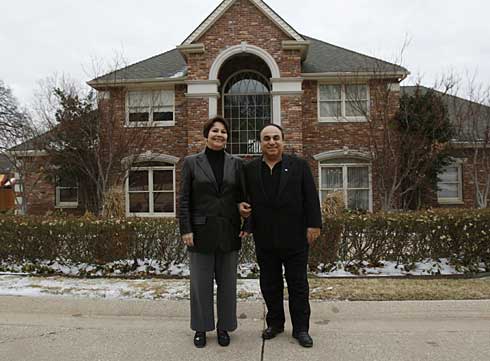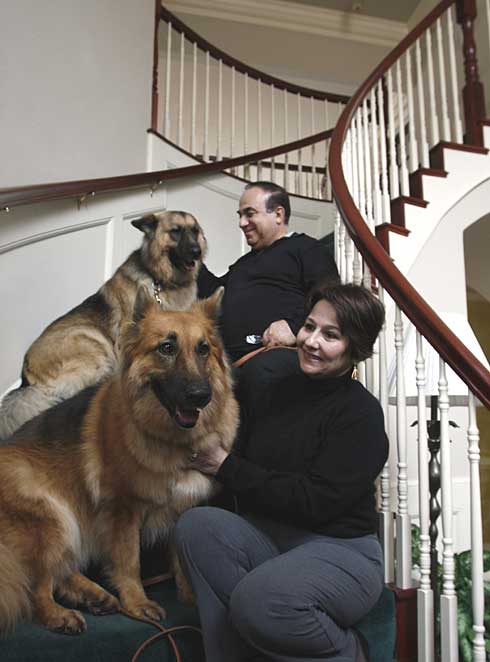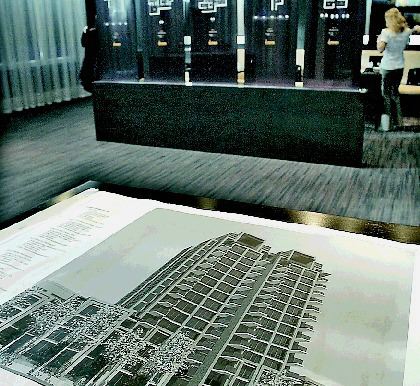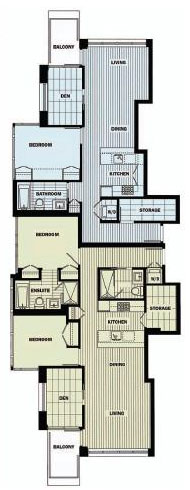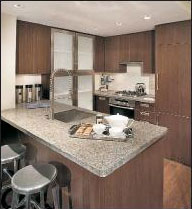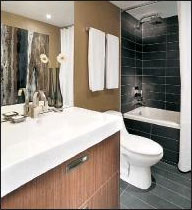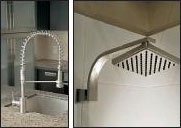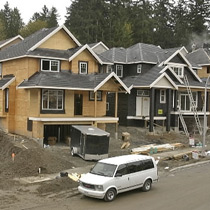Mary Umberger
Other
Archive for February, 2007
Venues gearing up for the Olympics
Monday, February 12th, 2007Heritage Rail Project is ready to hit the tracks
Sunday, February 11th, 2007SURREY: Inter-urban rail line to launch
Brian Lewis
Province
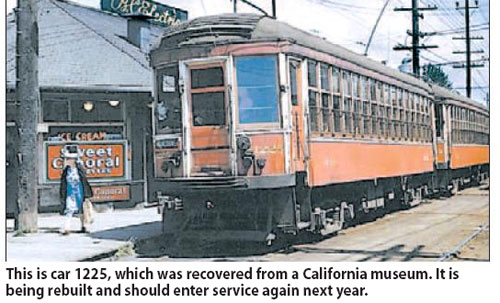
Having a one-track mind is proving to be a valuable asset for the small, dedicated group of enthusiasts in the non-profit Fraser Valley Heritage Railway Society.
It’s proving, for example, that it takes more than a thumbs-down from the bureaucrats at TransLink to derail the dream these rail buffs have of establishing a new high-tech community rail system on parts of the long-abandoned inter-urban rail line between Vancouver and Chilliwack.
In fact, at its regular meeting tomorrow, Surrey city council will help push that dream further down the track to reality.
That’s when Surrey officially launches its Heritage Rail Project, through which it hopes to run several restored inter-urban cars along part of the inter-urban line.
“A heritage rail project like this is clearly of tourist interest,” says
Coun. Bob Bose, who heads Surrey council’s transportation committee.
“But the underlying objective here is to pursue the idea of a community rail system that would run at higher frequency to serve communities along the existing inter-urban route such as Cloverdale, Sullivan Heights, Newton and Kennedy Heights,” he adds.
Bose also says they’re all town centres that Surrey council wants to support for further urban development.
In the longer term, project supporters envisage this light-rail service extending through Langley and Abbotsford to Chilliwack.
“We’re also looking at this as a demonstration of hydrogen-powered fuel-cell systems,” Bose says, “and we’re in a very unique position to have it in place for the 2010 Olympics.”
Powertech, B.C. Hydro’s research subsidiary, would provide the hydrogen fuelling from its location beside the inter-urban line near 88th Avenue in Surrey.
At tomorrow’s meeting, Surrey council is expected to endorse a staff report that recommends the city undertake the Heritage Rail Project as a first step toward establishing community rail. The hiring of two heritage project consultants by Surrey, at a cost of $100,000, is also being authorized.
“Staff holds the view that it is more realistic to initiate a smaller scale Heritage Rail service on a section of the inter-urban line, then gradually expand this service on to the full length from Cloverdale to Scott Road,” the staff report says.
The report adds that an earlier feasibility study by TransLink called for much more elaborate and expensive commuter rail systems on the inter-urban line than backers of the lighter and less expensive community rail system say is necessary.
Preliminary capital costs for community rail in Surrey are estimated at $110 to $150 million; TransLink estimates its costs for an inter-urban in the $360-to-$700-million range, depending on the technology adopted.
The staff paper also notes a TransLink concern that any rail service on the inter-urban line would divert riders away from TransLink’s proposed bus rapid transit/light rail options for King George Highway and 104 Avenue.
“They’re not interested in community rail, so we’ve decided to put some money up to take advantage of an opportunity that TransLink has no appetite for,” Bose says.
However, it’s not a project that Surrey can finance by itself, so it’s hoped that this pilot project will draw potential third-party partners, he explains.
Adds Peter Holt, executive director of the Surrey Board of Trade and a spokesman for the railway society: “This project will alert the people of Surrey to the fact that we have a wonderful diamond in the rough here with the inter-urban rail line.”
© The Vancouver Province 2007
Olympic venues’ progress report
Sunday, February 11th, 2007Three years to go. Reporter Clare Ogilvie asks: Are the costs and the construction on schedule?
Clare Ogilvie
Province
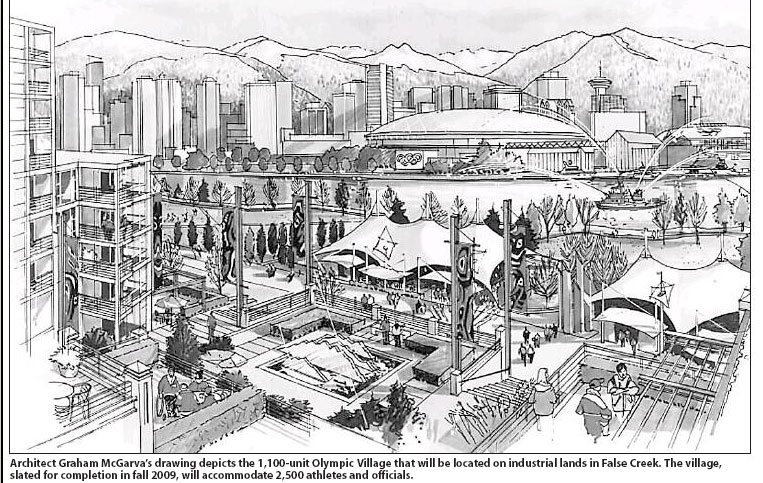
WHISTLER NORDIC CENTRE
The centre is 22 kilometres south of Whistler Village and eight km from the Sea-to-Sky Highway. The site has already been logged and has seen mining.
It will host four events: cross-country, biathlon, Nordic combined and ski jumping. The area will have a capacity of 12,000 in each of three stadiums. There are two regulation ski jumps and there will be 39 km of trails, down from the 100 km proposed in the bid book. Following the Games, the $115.7-million centre (the original bid book cost was $102 million) will operate as a legacy using an endowment fund.
Construction began in June 2005 and is scheduled to be complete by fall 2007.
WHISTLER OLYMPIC AND PARALYMPIC ATHLETES’ VILLAGE
The village will be south of the resort in the Lower Cheakamus. Part will be sold after the Games for housing and part will provide ongoing accommodation for competing and training athletes.
The village will accommodate 2,400 athletes and officials in at least 250 units. About one-quarter of the units will be wheelchair accessible.
The village is budgeted to cost about $131 million. VANOC is to contribute $37.5 million, including an allowance of $6.5 million for a First Nations legacy. The athletes’ centre has a separate budget of $16 million for accommodation and training facilities and is being funded by VANOC.
Site preparation is underway and the first phase of construction is to begin next month. Completion is scheduled for summer 2009.
WHISTLER ALPINE VENUE
All alpine events are to take place on Whistler Mountain with a 7,600-person stadium at the finish line. Modifications to existing runs and construction began in June 2005 and will be done by fall 2007. The estimated cost: $26.2 million. (Original cost: $23 million.)
WHISTLER SLIDING CENTRE
The venue for bobsled, luge and skeleton events will be on Blackcomb Mountain. The track will be 1,450 metres, featuring 16 curves. Speeds in excess of 130 km/h can be achieved in races that are to run around 52 seconds. There will be viewing for 12,000 people and seating for 6,000, mostly temporary.
Construction started in the summer of 2005 and will be completed in winter 2007 for use in two seasons before the 2010 Games. It’s expected to cost $99.9 million and will be supported after the Games by a legacy endowment fund. The bid-book cost was $55 million.
VANCOUVER CONVENTION AND EXHIBITION CENTRE
The VCEC will be used as the International Broadcast Centre and main media centre and accommodate an estimated 10,000 people. Construction will expand the VCEC to more than triple its current size. Funding is in place through the provincial and federal governments. Construction started in November 2004. VANOC plans to start use of the facility in September 2009.
VANCOUVER ATHLETES’ VILLAGE
The 1,100-unit Olympic Village will be located on industrial lands in False Creek and will accommodate 2,500 athletes and officials. The city sold the site to Millennium Properties Limited for $193 million last April, with an agreement that housing and associated buildings would be available for the Games. Part of the structure will be a legacy of low-cost housing. The city will pay $5 million in costs and fees. VANOC will pay the city $30 million as a project contribution for the use of the facility. Site preparation and infrastructure work began in February 2006. Completion is fall 2009.
UBC WINTER SPORTS CENTRE
This will replace most of the aging Thunderbird Winter Sports Centre and feature two international-sized arenas for hockey and sledge hockey. The larger one will seat 7,000 people (5,000 post-Games). The other sheet will be used for practice. The original 1,200-seat main rink will serve as an operations and media centre during the Games.
The centre will also include a fitness facility and a new restaurant. Construction began in April 2006 and is expected to finish in spring 2008. VANOC will contribute $37.6 million and UBC another $9 million. RONA, an official sponsor, is also giving $1 million in materials and services. Original bid-book estimate: $35.8 million.
RICHMOND SPEED-SKATING OVAL
With 8,000 seats, the oval will offer a significant multi-sport facility with a full range of winter and summer uses after the Games. It’s estimated to cost $178 million (up from $155 million in 2004). VANOC will contribute $62.4 million to the project with all the other costs to be contributed by the City of Richmond. Construction began in 2005; scheduled completion is fall 2008.
HILLCREST/NAT BAILEY STADIUM
A new facility will replace the Vancouver Curling Club and be used for Olympic curling, including the paralympic wheelchair curling event. Most of the 6,000 seats will be removed post-Games to provide more curling sheets, a hockey arena, gym and library.
Construction starts in April 2007, to be completed by fall 2008. VANOC will contribute $38 million.
PACIFIC COLISEUM
The facility will be renovated, including structural changes. It will host figure skating and short track speed skating and seat up to 15,586. The upgrades are expected to cost $25.2 million and started in 2005 with completion in fall 2007.
Killarney and Trout Lake ice surfaces will be used for practice. Both will be upgraded for the Games with VANOC making a $5-million contribution to the total Vancouver parks board cost of $26.5 million.
B.C. PLACE STADIUM
The stadium will host the first indoor opening and closing ceremonies, plus nightly medals presentations. The facility, which seats more than 55,000, will also receive a facelift.
GENERAL MOTORS PLACE
The main venue for hockey, seating 18,630. Upgrades are due to start in October 2007 and finish in August 2008. The bid book estimated upgrades will cost $5 million.
CYPRESS MOUNTAIN RESORT
The host for freestyle skiing and snowboard events will receive upgrades and snow-making equipment. The $14.6-million upgrades began last May and will be finished in the fall of 2007. The freestyle skiing venue became the first 2010 site to be competition-ready last November. Up to 12,000 spectators will be able to be accommodated in each of two temporary stadiums.
© The Vancouver Province 2007

